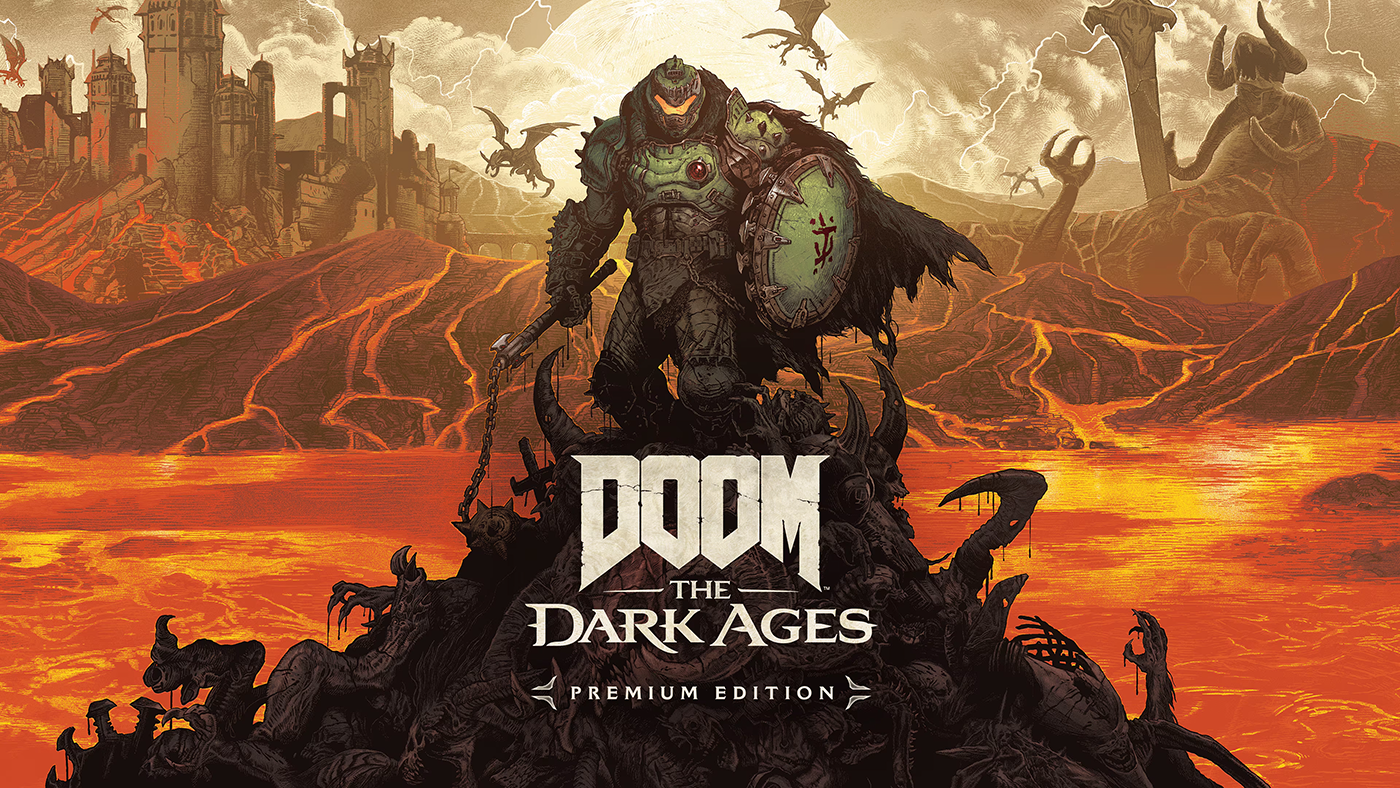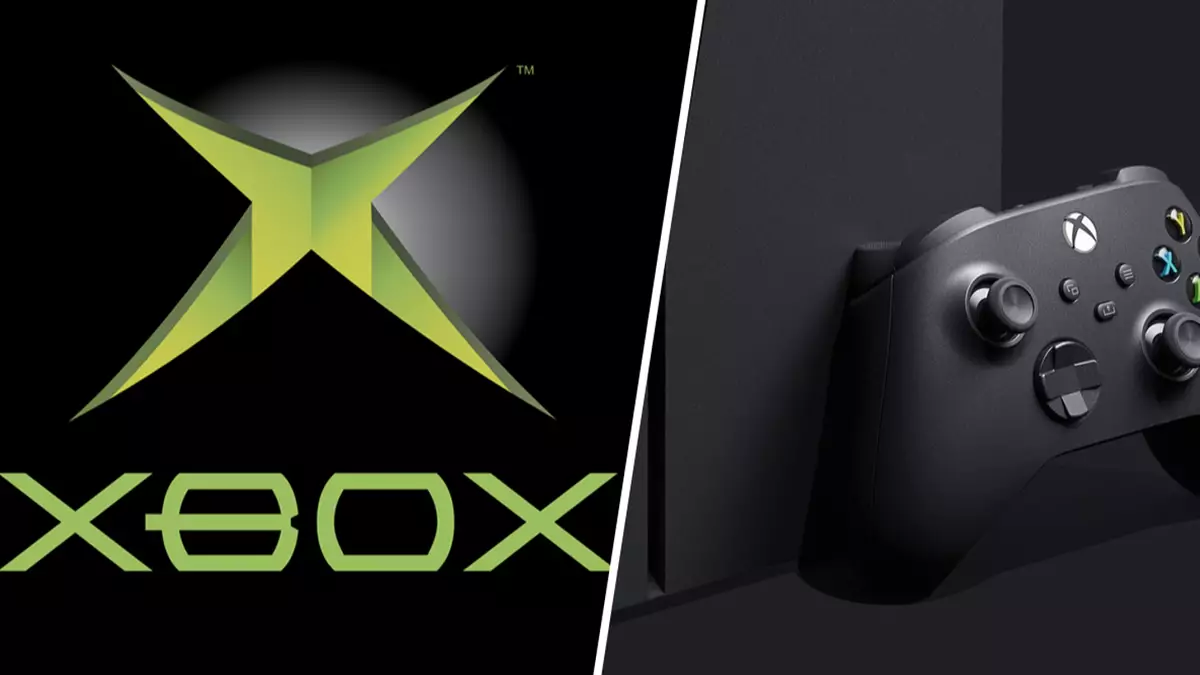DOOM: The Dark Ages, the latest installment in id Software’s legendary FPS franchise, is not just a new game—it’s a bold reimagining of the franchise’s roots. Released in May 2025 to a strong Metacritic score of 85, it confidently marches back through the annals of the DOOM universe to deliver the origin story of the Doom Slayer. Though it stumbles in places, this medieval sci-fi prequel doesn’t pull its punches—literally or figuratively.
A New Kind of Slayer
Set before the events of 2016’s DOOM reboot, The Dark Ages follows the Doom Slayer in a world where demons, Sentinels, and celestial forces collide in war. The narrative doesn’t reinvent the franchise’s famously light storytelling, but it adds welcome texture—especially through deeper worldbuilding and characters that stand beside, rather than behind, the Slayer.
While the Slayer remains a force of unstoppable destruction, this entry introduces new layers to the battlefield. Chief among them is the Shield, a versatile addition that allows players to block, parry, bash, and even throw it in a Captain America-style attack. This system provides a new rhythm to the combat—one that’s heavier and more grounded than the ultra-mobility of DOOM Eternal, yet still engaging and intense.
Combat Redefined – Slower, Heavier, Still Brutal
If you come into The Dark Ages expecting the lightning-fast pace of DOOM Eternal, you’ll be surprised. The double jump and air dash are gone, replaced by a more deliberate combat style that emphasizes momentum and tactical decision-making. Battles feel more like warfare than acrobatics, with id upping the number of on-screen enemies and giving players open arenas that resemble full-blown sieges.
The shield mechanics are game-changing. Red attacks can be blocked, green attacks parried and reflected. The parry window is generous, and the shield bash is not just for offense—it can save your life in a tough crowd. The Slayer feels less like a dancer and more like a tank—powerful, durable, and relentless.
New melee systems replace the iconic chainsaw. While some may miss the visceral glee of sawing through demons, the new mechanics better fit the grounded tone of The Dark Ages. Ammo economy is looser, and melee kills now restore ammo, encouraging even more aggressive playstyles.
Arsenal, Enemies, and Exploration
Every weapon in The Dark Ages comes with an old-world aesthetic but retains the satisfying punch of the franchise’s arsenal. From the combat shotgun to the devastating Skullcrusher Pulverizer, every weapon feels distinct. The twin-weapon system—where you can hot-swap between two weapons using the same ammo type—adds flexibility without demanding the high-speed juggling of Eternal’s combat.
The campaign introduces a wide enemy roster with returning favorites like Imps and Mancubi, along with redesigned threats like medieval Pinkies and new demonic entities from the Cosmic Realm. The sheer number of enemies on screen creates overwhelming moments—but never unfair ones. Learning the timing, parry windows, and enemy patterns is part of the thrill.
Exploration has also received a boost. Larger maps, hidden upgrades, collectibles, and expansive vistas invite players to slow down and explore—a smart choice that gives variety to the constant demon-slaying. Mech battles and dragon-riding sections offer brief, fun diversions, even if they’re more spectacle than substance.
Final Verdict: Not Just More DOOM
DOOM: The Dark Ages could have been another reskin of the franchise’s formula—but it’s not. It dares to slow down the pace without losing the series’ heart-pounding energy. The introduction of the shield and more strategic combat feel like a fresh coat of blood-red paint on a time-tested formula.
While the campaign meanders slightly near the end, and the lack of chainsaw glory might divide fans, this is still an unmissable single-player FPS in a market where such titles are becoming rare. Whether you’re a fan of DOOM (2016) or DOOM Eternal, The Dark Ages earns its place in the pantheon—and then some.




